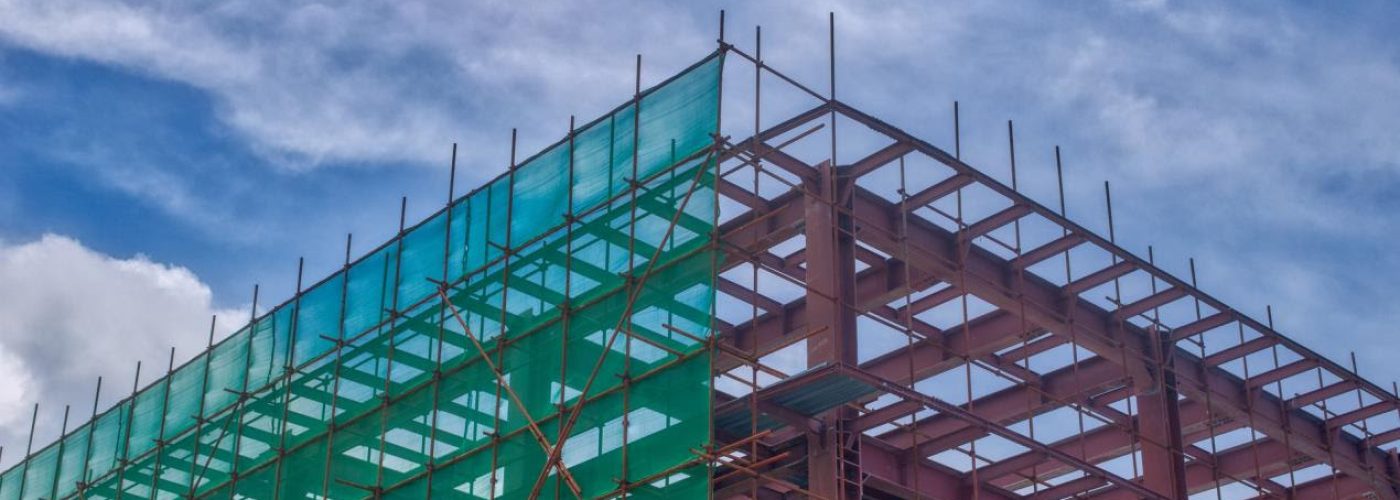The past 25 years have seen the construction of a huge number of new buildings, raising questions about fire safety features and property value. One has to question why fire safety has not been held in the same regard as a buildings design, aesthetics or ‘green’ credentials.
The optimistic belief that a fire “will not happen to me” could explain why businesses are not always considering the real impact of fire and its consequences. They underestimate the direct financial impact on both the property and the business, and the time it takes to recover from a fire. This all can have an impact on business value over time. A business property that is well-protected in terms of fire protection and safety will have a far greater intrinsic value, yet the ‘market’ does not seem to value this.
When you look at the value of a property, it’s important to think about performance over time. We use metrics, data and evaluations to do this. However how does this include considering risk and events that may happen, like fire. Compare this to an EPC rating, which is seen as a key indicator of energy efficiency of a building and energy costs. This information has to be provided when a property is sold. The lack of a rating would be questioned and the value of the property is impacted if the information isn’t provided.
The same is not always true for fire safety, there are no fire safety ratings of buildings. If fire safety information is not available it does not always lead to questions. It should do and this is perhaps a more prominent item for certain buildings today. There are moves afoot for selected buildings to have such information through discussions of items like a Golden Thread. However this needs to spread to a wider set of buildings. Fundamentally we need to be asking how the building delivers fire safety and is protected against such events, and where is the information to support this? This should become a valuable piece of information for any owner and similarly have a negative impact on the value if not provided across all buildings.
For example, if one office block has sprinklers, fire alarms, documented maintenance, plans etc and another doesn’t have sprinklers then the sprinkler-protected building is clearly worth more. If nothing else it has more equipment. The value of that equipment can be seen functionally but it is also an investment in terms of fire safety and protection of the property over time. A sprinkler investment means that if anything goes wrong, then you’re likely to have more of that asset left afterwards. A well-protected property therefore has an intrinsic value.
This also raises the question as to the value of the property that has been sprinkler- protected over time. Some would argue that value only comes to pass when you stop something bad happening. The analogy to airbags would be a good example, as you hope you won’t ever have to use them. Interestingly, airbags were developed in the early 1950s and while they are a feature of all modern cars, this safety solution is still not a legal requirement – but a car could not receive a suitable safety rating without one.
Today, automatic fire sprinklers are not widely used in the UK partly because the regulatory guidance rarely prescribes their use and partly because even when prescribed they are often ‘value engineered’ out. Yet automatic fire sprinklers prevent large fires because they activate automatically over a fire, controlling or even extinguishing the blaze before the Fire and Rescue Service arrives. They therefore protect the lives of those in the building and the firefighters who attend an incident – but they also prevent significant damage or destruction of a building by fire.
The misconception surrounding the cost of sprinkler systems can be dispelled by looking at the true costs of a building over its lifespan. Some would say that if a fire does not happen the cost of the sprinkler system has been wasted. However, thinking about airbags, we do not make the same arguments if they are not used during the ownership of a car. Why, for example, deliver a warehouse, factory or school as cheaply as possible but leave out fire safety measures; only to find five years later it is lost completely due to a fire event, resulting in greater costs?
This goes back to a fundamental issue, that owners are perhaps not fully considering the potential for a fire during the life of a building. It is often manifested in not valuing what they own in terms of the potential to replace property and thinking that they are going to recover from a fire a lot quicker than they do. We need to place risk into context and understand the impact, so that what is at stake is understood and planned for appropriately. Clear outcomes in the face of fire can then be defined. An inescapable item is that the inclusion of a sprinkler system can prevent major financial and equipment losses, containing what could be a potential major disaster and ensuring it is only a minor inconvenience.
Fire is indiscriminate and inexplicable, but that doesn’t mean actions can’t be taken to prevent and control it when it occurs. As warehouses and similar industrial buildings are likely to proliferate in the coming years, now is the time to think of how, and why, we should protect these valuable assets which may not be glamorous, but nonetheless are vital as part of the UK’s business infrastructure. Protecting the value of such properties and those who work within them.
By Iain Cox, Chair of the Business Sprinkler Alliance
Building, Design and Construction Magazine | The Home of Construction Industry News





